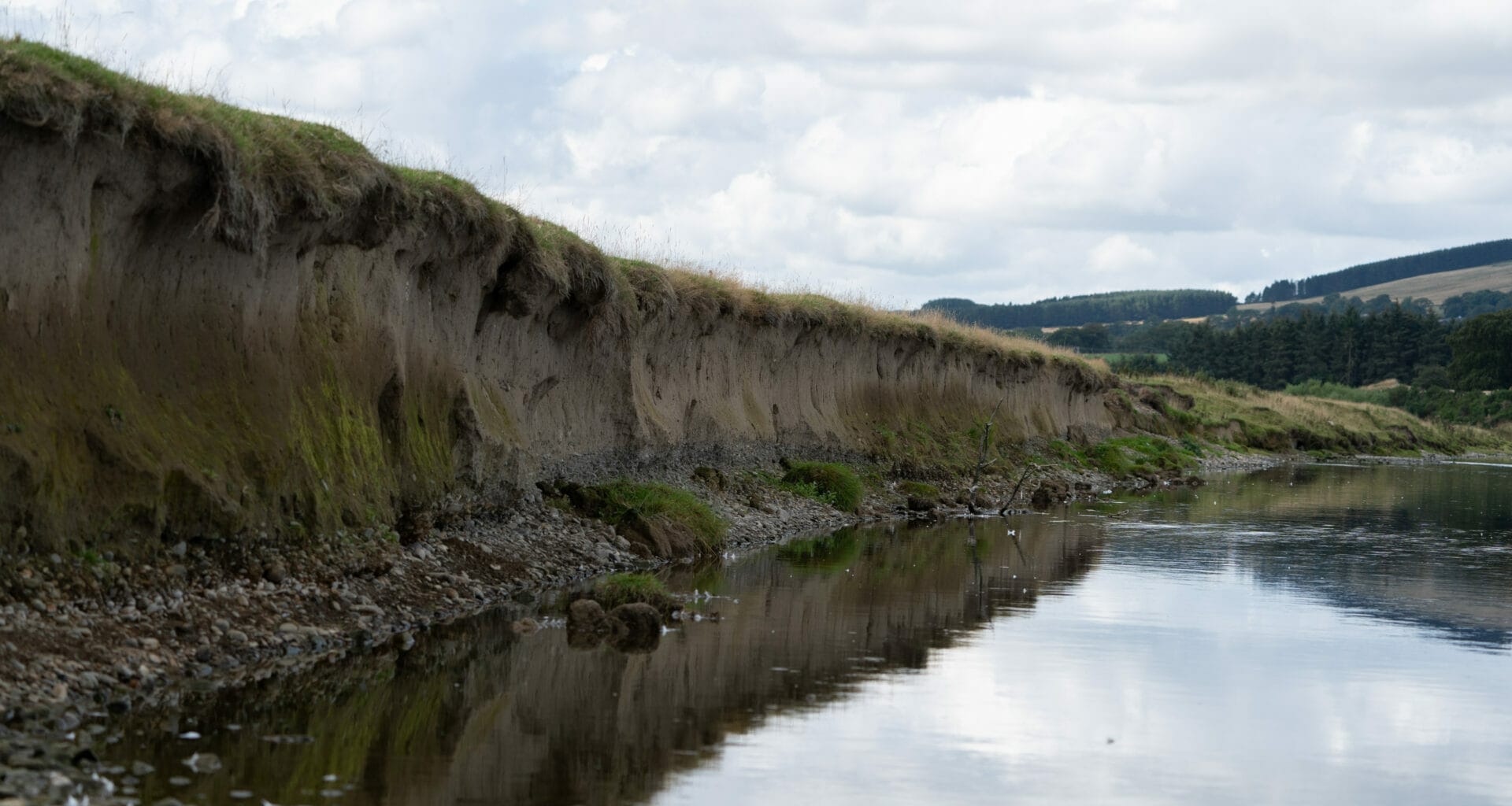An investigation has been launched by Scotland’s environmental watchdog into illegal gravel extraction on the River Clyde which could have “serious consequences” for wildlife and lead to flooding.
The Scottish Environment Protection Agency (Sepa) is appealing for information following two separate incidents of “unauthorised river engineering” at Lamington in South Lanarkshire.
The first happened in late summer 2022 and involved a large amount of gravel being extracted from the river. Work is suspected to have been carried out near the same site in April this year. A distance of approximately 500 metres has been affected.
Sepa said the incidents are not believed to be connected, but both could have “serious short and long term consequences” on the water environment, including fish spawning.
The work is likely to have taken place across a number of weeks and we’re confident someone in the local area would have seen it happening. They may have noticed large diggers or other heavy machinery, but perhaps did not suspect any foul play. We would strongly encourage those people to get in touch so we can hold whoever is responsible to account and hopefully prevent this from happening again.
A spokesperson for the Scottish Environment Protection Agency.
Altering the flow of a river can lead to flooding issues both upstream and downstream, and it is an offence under the Water Environment (Controlled Activities) (Scotland) Regulations 2011 to carry out engineering activities without authorisation.
Any individual or business found to have done so are subject to enforcement action, including a penalty of up to £40,000.
A source who requested anonymity told The Ferret that businesses we cannot name for legal reasons, excavated along the site of a refused quarry, removing tonnes of river gravel and banking, changing the course of the river.
They added: “The banks were considered to have been one of the largest nesting sites in the upper Clyde for sand martins which have been completely decimated by diggers and levelled flat. It’s a grim sight and another case of environmental vandalism which Sepa must act on.”
A Sepa spokesperson said that in response to reports from “concerned” members of the public, it investigated and found “visible tyre tracks from large vehicles” by the river.
They added: “Regarding both incidents, the work is likely to have taken place across a number of weeks and we’re confident someone in the local area would have seen it happening. They may have noticed large diggers or other heavy machinery, but perhaps did not suspect any foul play.
“We would strongly encourage those people to get in touch so we can hold whoever is responsible to account and hopefully prevent this from happening again.”
To report any suspicious activity, members of the public can contact Sepa 24 hours a day, seven days a week at sepa.org.uk/report – or by calling 0800 80 70 60.














